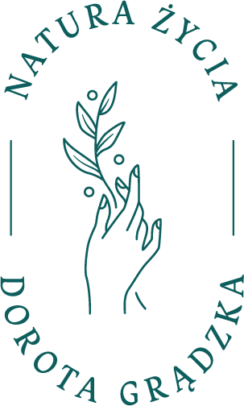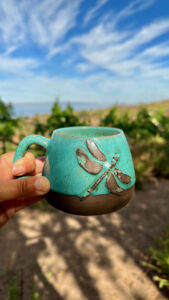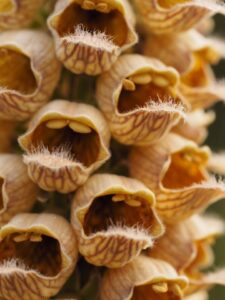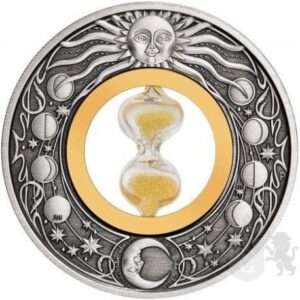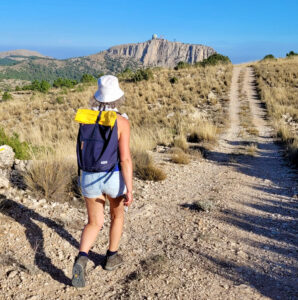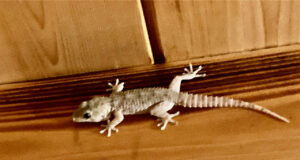In your body, the body of an adult circulates about 5 litres of blood. When you cut yourself, a scab forms on the wound to protect the inside from germs and the blood from flowing out.
Have you ever scraped off a scab? Sometimes we are tempted and unknowingly scratch the spot where this protective thickening has formed. Unfortunately, by doing so, we expose ourselves to infections and longer wound healing. This also results in small scars, which are disfiguring. If you’ve had smallpox and scraped off scabs, you know what I’m talking about. So keep your claws away from scabs. Apart from the fact that the scab contains a lot of protein, know that there is also a lot of bacteria, viruses and dirt in it.
However, if you are bitten by a bat or sucked on by a leech, the scab will not set. The saliva of some species of these animals contains substances that prevent blood from clotting. In this way, they can drink to their heart’s content, as long as we allow them to do so. Leeches have been and continue to be used for medicinal purposes. Such a leech can drink 3-10 times more blood than it weighs itself. If you type the word ‘hirudotherapy’ into a search engine you will find out what leech therapy is all about.
What you may not know about the heart, but would like to know:
- The heart begins to form in the embryo at 2-3 weeks of pregnancy.
- A woman’s heart weighs on average 220 g, a man’s 300 g.
- During the course of a day, the heart contracts about 100,000 times.
- During a lifetime, the number of contractions exceeds 2.5 billion.
- In one minute, the heart pumps 5-6 l of blood. Every day, it pumps more than 7,000 litres of blood.
- Over a lifetime, the heart beats 2.5 billion times, i.e. it pumps more than 173 million litres of blood.
- During each contraction, the heart ejects 60-70 ml of blood into the aorta.
- A newborn baby’s heart beats at a rate of 120 beats/minute; in an adult, it beats only 70 beats/minute.
- During exercise, the amount of blood flowing through the heart increases fourfold.
source: physioinformator.co.uk
As you can see, the heart does a tremendous job and it is worth helping it, and certainly not hindering it. If you want to strengthen the work of the heart then, in addition to proper nutrition, exercise and stress relief, it is worth using herbs.
You can prepare herbal infusions or use ready-made preparations.
If you like to prepare concoctions yourself, I recommend the recipe described on Herbiness.com
The ingredients are good and the liquid itself is tasty and it is a pity that you can only drink it in tasting quantities (1 teaspoon a day). It contains only natural ingredients such as hawthorn berries, garlic, blueberries, chilli peppers, sea buckthorn berries and rosehips. The recipe is based on the well-known Toda drops, which are very expensive. And we are about to have all the ingredients to make the concoction ourselves. I suggest freezing the elderberries today and thawing them before mixing the ingredients. Cheers and enjoy.
And finally, an interesting fact. Why is blood red and who has blue blood?
Human blood contains a protein called haemoglobin and this is what gives blood its red colour. The term ‘blue blood’ in relation to humans, came from the colour of the veins, clearly visible on the pale skin of ‘high’ born people (protected from the sun). And, in fact, it is blue blood that the crab has. Its blood contains copper, which gives this colour.
I wish you a life without bloody butchery, but with a strong heart.
Dorothy Nature of Life
